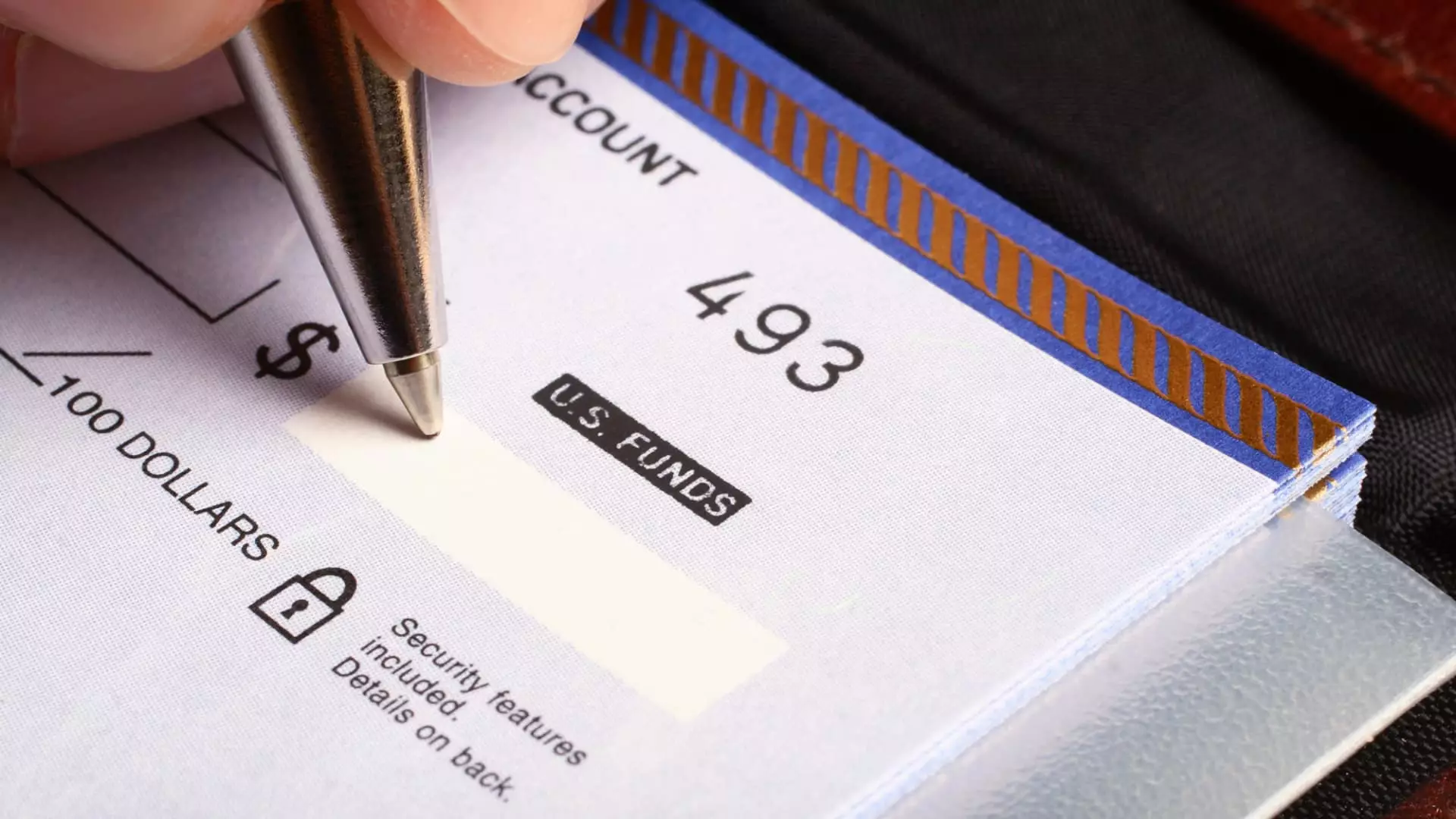The signing of President Trump’s executive order to eliminate paper checks from federal payment systems marks a pivotal moment in the ongoing war against outdated financial practices. This mandate, which requires all federal agencies to transition to electronic payment methods by September 30, epitomizes the urgency and necessity for modernizing government financial transactions. As the world moves at breakneck speed toward digital efficiency, this decisive action not only reflects a changing landscape in monetary transactions but also aims to curb rampant issues like fraud, delays, and inefficiencies stemming from traditional paper checks.
Incidents of fraud have surged alarmingly, with estimates suggesting that the federal government could lose hundreds of billions to these complications. In this age, when swift financial interactions are paramount, placing a premium on electronic payments seems not just prudent, but essential. It’s as if the government is finally waking up to the fact that paper checks—once a staple of financial transactions—are becoming more of a liability than a help.
Social Implications and Exclusions
However, while the advantages of this digital shift are evident, what looms larger is the social implication of such a transition. The move away from paper checks will disproportionately affect marginalized groups, notably elder citizens who may not be digital-savvy or able to easily adjust to new payment systems. Many of these individuals rely on Social Security payments, which are frequently facilitated through checks. For them, the abrupt migration to electronic payments could feel like being cast adrift in an ocean of unfamiliar technology.
Some may argue that it is incumbent upon society to guide these individuals toward digital literacy. I would counter that transitioning away from checks should be approached with sensitivity and ample support structures to assist those who are worried about losing their benefits due to technological inadequacies. The assumption that everyone can and should instantly transition to electronic payments is not just naive; it is rife with pitfalls that could escalate into significant societal injustices.
Accelerated Change Amid COVID-19
Remarkably, the COVID-19 pandemic accelerated a shift already underway. As families adopted contactless payment methods to limit physical interactions, the question of paper checks became increasingly moot. A staggering percentage of Americans no longer write checks, demonstrating a collective embrace of digital payments. But one wonders, is this really progress for everyone?
Falling headfirst into this digital embrace can seem invigorating, but it delves into a broader question of accessibility. While younger generations may be thriving in a “cashless society,” many are left behind—a pattern we’ve seen historically with technological advances. It becomes imperative to strike a balance, ensuring that the benefits of modernization reach beyond just those who are already technologically adept.
Retail and Consumer Shifts
Retailers have also begun increasingly rejecting personal checks as a form of payment. This trend may embody progress in business practices, yet it does cast a shadow on a demographic that still relies on checks—primarily older Americans. The tide of change isn’t just challenging for consumers; it’s pushing businesses to adapt swiftly or risk alienating an important customer base.
The irony is hard to miss: as businesses eagerly shift to digital transactions for their efficiency, we must question whether this forward momentum truly considers the financial habits and needs of all consumers. The legacy of checks can’t be downplayed either—what once represented the democratization of banking could swiftly become a relic as society dashes toward a completely digital future.
The Future of Payments
The emergence of mobile payment solutions like Venmo and Apple Pay serves as a focal point in this digital transition. For many young people, these platforms have supplanted traditional banking in ways that would have been unimaginable a generation ago. Still, this raises important concerns about the security, accessibility, and reliability of these “banking substitutes.” Unlike banks, these digital services lack FDIC insurance, leaving users susceptible to losses with little to no recourse.
As the prevalence of these new payment methods continues to rise, will we reach a point where non-digital options like checks are no more than a footnote in history? Or will the hybridization of payment types offer a safety net for financial transactions, blending the traditional with the modern in a way that respects various consumer needs?
The future of payments appears to be bright yet fraught, an intricate dance between legacy systems and the cutting-edge technologies that promise to determine our financial interactions in years to come. Ultimately, navigating these changes demands keen sensitivity to social dynamics and a commitment to ensuring that all individuals can comfortably participate in a digitally transformed economy.

